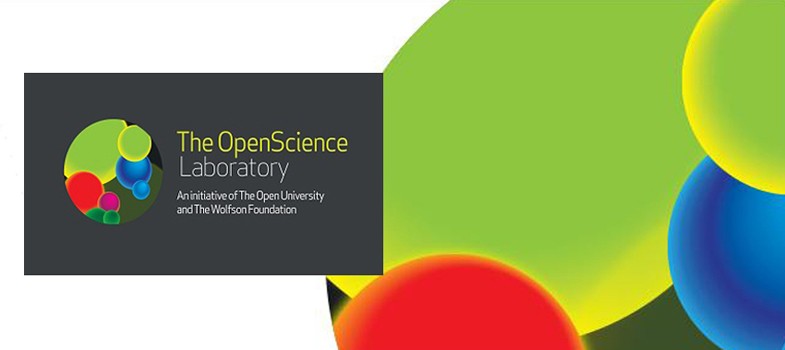Analysing pesticides in the environment using gas chromatography with mass spectroscopy (GC-MS)
Introduction
In this series of activities you will learn about gas chromatography and mass spectroscopy, and you will use the techniques to assess the water quality in a tidal bay in China. In particular you will look for a particular class of pesticides and measure their concentration. This will involve developing a hypothesis and devising a plan to sample the water in the bay that will best test your hypothesis. You will also learn something of the chemical structures of the pesticides.
Carefully reading the text and watching the video clips will help you answer in-text questions designed to consolidate your learning of the key concepts. For those students in Scotland working on the Curriculum for Excellence this experiment links to Higher Chemistry as follows
Main outcomes for Curriculum for Excellence Higher Chemistry
- ‘Chemical analysis’ in ‘Chemistry in Society’ Unit – chromatography ‘Uses of chromatography. Differences in the polarity and/or size of molecules.’
- Develop approach to problem solving exam questions which require ‘applying knowledge, understanding and skills in unfamiliar contexts’ ‘Marks will be awarded for applying scientific inquiry, scientific analytical thinking and problem solving skills’
- Develop skills towards Researching Chemistry Unit (‘to plan and undertake a practical investigation and analyse results’)
